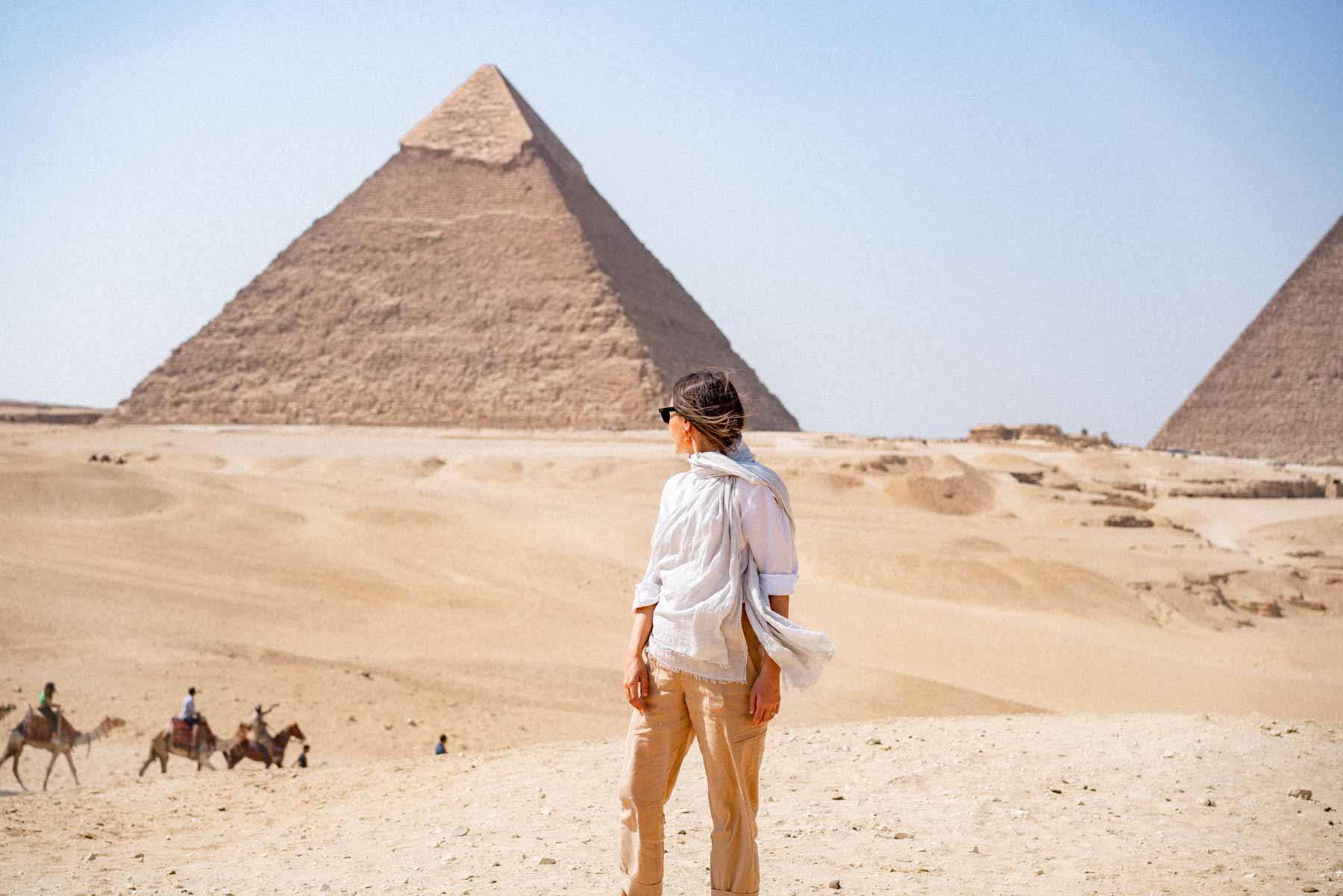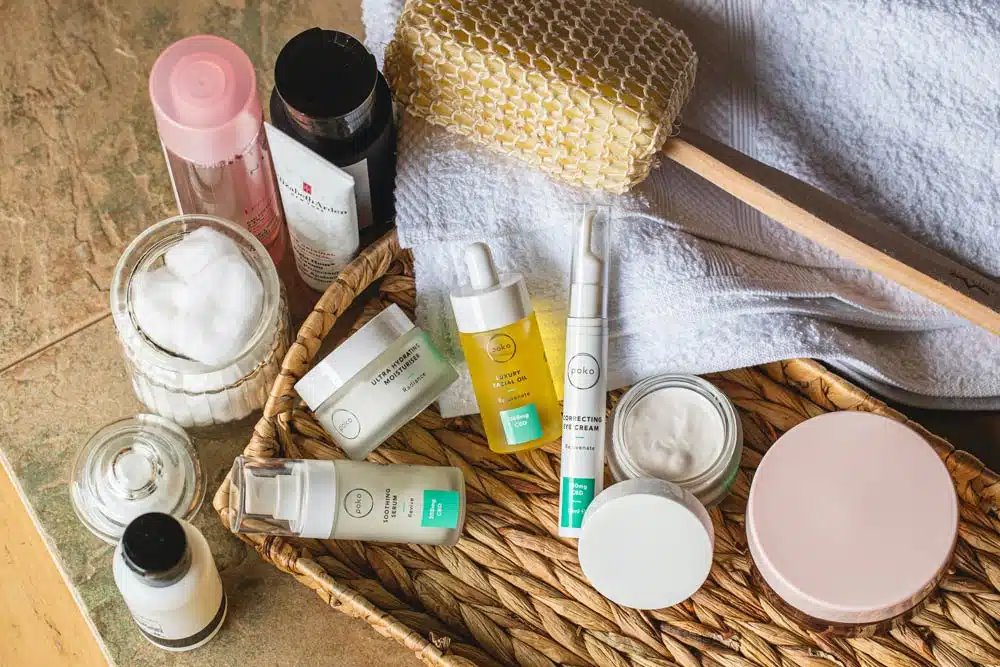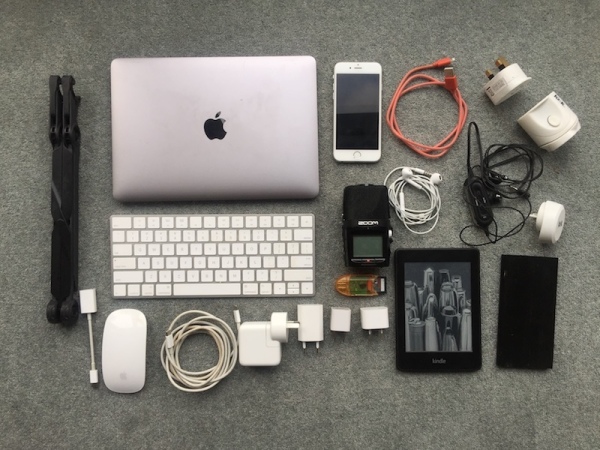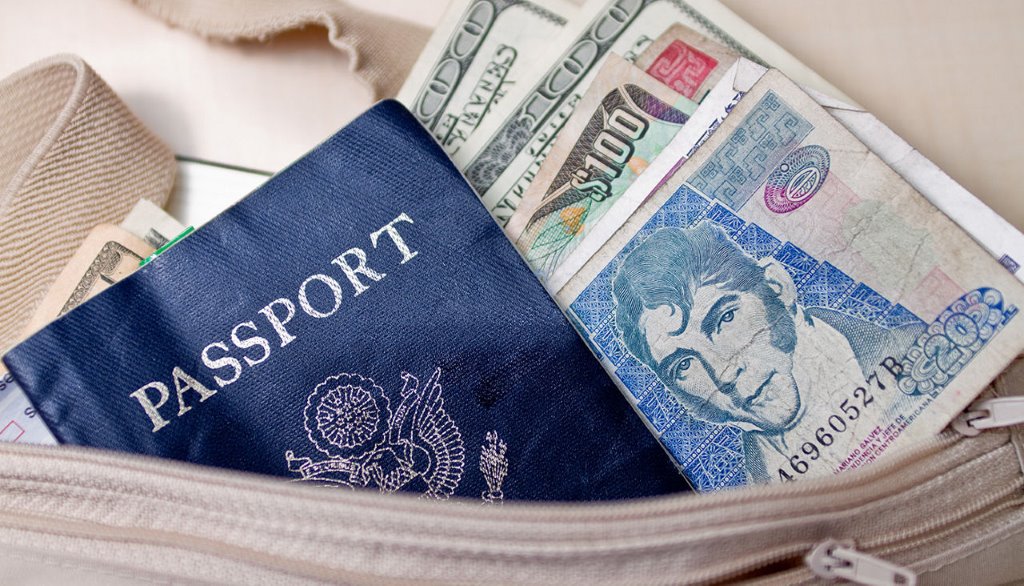Packing for Egypt feels a bit like preparing for several different trips at once. One moment you’re imagining yourself walking through ancient temples under the bright sun, and the next you’re picturing the cool evening breeze drifting across the Nile as the city lights reflect on the water. Egypt has layers—modern neighborhoods buzzing with life, quiet desert landscapes where everything feels still, lively markets full of scent and color, and warm Red Sea towns where the days melt into long, peaceful nights. Because of this mix, the things you bring in your suitcase can shape how comfortable and confident you feel throughout your journey.
Many travelers arrive excited but slightly unprepared, either packing too much or missing essentials that make daily exploring easier. Egypt isn’t a difficult country to travel through, but it rewards those who know how to pack smart: clothes that breathe in hot weather, items that help with sun exposure, simple gear for long walking days, and small comforts that keep your energy steady from morning until night.
This guide walks you through everything worth bringing—from practical clothing and sun protection to health items, electronics, and the little extras that experienced travelers always keep in their bags. With the right preparation, you won’t waste time worrying about what you forgot or what you should’ve brought. You’ll simply enjoy Egypt the way it deserves to be experienced: fully, freely, and with a sense of ease as you explore its history, landscapes, and unforgettable culture.
Clothing for Egypt’s Climate
Egypt’s weather is warm almost all year, but the way the heat feels changes from place to place. Cairo has dry heat, Luxor and Aswan feel like the sun sits closer to the ground, and coastal towns like Hurghada or Sharm El Sheikh get a soft breeze. Packing the right clothes makes your days much more comfortable.
Lightweight cotton or linen shirts are ideal because they breathe well. If you normally wear synthetics at home, they might feel suffocating under Egypt’s sun. Loose-fitting pants or long skirts work better than shorts in many areas, both for comfort and cultural respect. Shorts are acceptable in beach towns, but they can attract attention in historic districts and crowded markets, so it’s easier to dress in a way that blends in.
You should also bring one warmer layer, like a hoodie or a light jacket. Desert areas cool down fast after sunset, and Nile cruises often get breezy at night. It’s also helpful if you plan to enter religious sites, where modest dress is appreciated.
Footwear matters more than people expect. Many travelers bring stylish shoes and regret it after walking across uneven ancient stone floors or sandy paths. A pair of comfortable walking shoes or breathable sneakers will be your best friend. Sandals are fine for short strolls, but you’ll be happy you packed shoes that protect your feet during long exploration days.
A simple scarf or shawl is surprisingly useful. It helps with sun protection, modesty, dusty areas, and even sudden windy moments. Some travelers keep it around their neck just to avoid constant sunscreen reapplication on longer days.
Sun Protection Essentials
The Egyptian sun can be intense even in winter. Packing sun protection isn’t optional; it’s survival. A wide-brim hat or cap keeps sunlight off your face and prevents heat exhaustion when visiting places like the Valley of the Kings or walking long stretches in Luxor. Sunglasses with good UV protection matter too—there’s a brightness to the sand and stone that reflects straight into your eyes.
Sunscreen is important, but bring a type you actually like using. Many brands feel sticky under hot conditions, so a lightweight, fast-absorbing lotion makes your trip much more pleasant. Lip balm with SPF is something people often forget, but the dry desert air can crack lips faster than expected.
A refillable water bottle also helps with heat exposure. Egypt has bottled water everywhere, but carrying your own bottle makes it easier to stay hydrated while walking for hours. Some travelers use an insulated bottle to keep water cold longer, which feels surprisingly refreshing during midday heat.
Health, Hygiene and Personal Care Items
Back at home, you probably don’t think much about basic medications, but in Egypt it’s better to come prepared. A simple travel kit with pain relievers, motion sickness tablets, digestive medicine, and any personal prescriptions saves you time and trouble. Pharmacies are easy to find in cities, but not as convenient in remote areas or during long bus rides.
Hand wipes and sanitizing gel are practical when visiting markets, historic sites, and busy areas. Egypt is clean in its own way, but facilities aren’t always modern, especially in older neighborhoods. A small pack of tissues can be helpful too, because public restrooms rarely provide them.
Insect repellent is important if you plan to visit areas near the Nile at dusk. Mosquitoes aren’t everywhere, but when they appear, they appear with confidence. A light spray or cream works well.
Finally, bring the personal care items you’re used to. Certain skin or hair products may not be available in local shops, and desert air can make skin feel drier than usual. A simple moisturizer and lip balm make a noticeable difference.
Electronics and Travel Gear
Traveling through Egypt involves long days, moving between ancient temples, museums, markets, and sometimes even desert tours. Your electronics need to keep up. A portable power bank is almost essential because phone batteries drain faster in heat and constant photography. Many travelers bring two small power banks rather than one large one for convenience.
Egypt uses the same plug type as much of Europe, so a standard European adapter works fine. If you travel with multiple devices, a small multi-port charger keeps everything simple. Headphones or earbuds are useful for long drives or flights, especially since some regions feel very quiet and peaceful when you block out the noise around you.
A basic camera strap, lens cloth, or even a simple phone cleaning cloth helps, because sand and dust show up everywhere—especially around temples and tombs. A small crossbody bag or daypack makes it easier to carry your items while keeping them safe in busy bazaars.
If you’re planning any desert trips or long outdoor excursions, a small flashlight or headlamp can be surprisingly useful. You’ll also benefit from a portable fan during hot months—some travelers swear by them when visiting places like Abu Simbel in midday heat.
Documents, Money and Practical Items
Your passport, printed hotel reservations, and copies of your travel insurance are important to keep organized. Digital copies on your phone are helpful, but having paper backups gives you confidence if your battery dies. Egypt’s airports sometimes ask to see certain documents more than once, especially during domestic flights.
Cash is still widely used in Egypt, especially in small shops, markets, and older neighborhoods. You don’t need to carry large amounts, but having small bills helps when buying water, snacks, or souvenirs. ATMs are easy to find in major cities, though they often give larger bills that are harder to use at markets. Many travelers break their bills at hotels or larger stores before heading out for the day.
A small notebook or travel journal can be surprisingly enjoyable. Writing down your impressions after a long day visiting temples or watching the sunset over the Nile helps preserve memories that fade with time.
Finally, a basic Arabic phrase card or digital note with common words makes interactions smoother. Egyptians are friendly and many speak English, but using even a few local phrases earns big smiles.
Special Items for Desert Tours or Outdoor Adventures
If your itinerary includes desert safaris, stargazing trips, or long walks through ancient ruins, you’ll want to pack a few extras. A light buff or breathable face cover protects against dust and sand when the wind picks up. Many travelers also bring electrolyte tablets to add to water during long, hot days—they help you feel energized instead of drained.
A pair of lightweight gloves can help if you’re trekking or touching rough surfaces, and a compact towel is useful during overnight desert stays. Comfortable socks matter more than most people expect; long days of walking can be harsh on your feet, and breathable socks reduce fatigue.
Those planning to visit early-morning sites like Abu Simbel may also appreciate a neck pillow or eye mask during long bus or van trips.
Final Thoughts
Packing for Egypt isn’t complicated once you understand what the environment feels like: warm days, cooler nights, lots of walking, a mix of ancient and modern spaces, and a cultural rhythm that’s friendly and welcoming. The goal isn’t to overpack—it’s to bring things that keep you comfortable, respectful, and ready for long days of discovery.
With the right essentials in your bag, the trip becomes smoother, and you get to focus on what really matters: exploring the temples at sunrise, wandering through old bazaars, cruising across the Nile, and experiencing the layered beauty of Egypt at your own pace.






